
Esophageal endoscopy procedure
6 hours before the procedure the patient should avoid eating anything. Topical anesthesia is used on almost all patients who undergo this procedure. Sedation is an option as well and sedatives are used in some situations. However, very anxious and agitated patients will require a general anesthetic in order for the procedure to be done. Before the procedure can take place, the doctor needs to get an informed consent.There is a lot of equipment that is used in this procedure. Apart from the endoscope, which is vital for the procedure, a light source, insufflator, suction, electrosurgical unit, photo printer or a video recorder, biopsy forceps, snares and injecting needles are needed as well.
Before opting for the procedure, the doctor will need to make a proper diagnosis that the patient is in need of it. The patient will be asked about the possible symptoms that may occur. Some of the most often seen symptoms include unexplained anemia, which is almost always accompanied by a colonoscopy, bleeding in the upper gastrointestinal area, dyspepsia in those older than 45 years of age that does not seem to go away, heartburn and chronic acid reflux, persistent vomiting, problems with vomiting and pain when swallowing. Confirmation of diagnosis or biopsy is performed with abnormal barium swallow or barium meal or a confirmation of celiac disease is being made.There are several risks that the patient may experience but two of the most often seen are bleeding and perforation. These risks have even more chance of occurring in situations when a biopsy or some other intervention is involved.
During the procedure, the patient is placed lying on his or her left side, with the head on the pillow. In order for the biting of the endoscope to be prevented, a mouth-guard is given to the patient and he or she will place it between the teeth. The procedure starts by passing of the endoscope over the tongue and into the oropharynx. Almost all of the patients who underwent this procedure agree that this is the part of the procedure that is the least comfortable. The endoscope is then guided into the esophagus. The instrument passes all the way down the organ, looking for any sign of pathology. After going through the esophagus, the endoscope does not waste any time in the stomach and with speed goes into the first and second part of the duodenum. After the examination of these two parts of the duodenum, the endoscope is returned to the stomach and a proper examination commences. A J-maneuver is even a part of the examination. If there is need for any sort of an additional procedure, it is being done at this point. The air in the stomach needs to be aspirated before the doctor can remove the instrument. The option of making still photos exists is available all the time during the procedure, if there is need for them. These photos are usually made so that the doctor can explain the findings to the patient with more ease.What to expect from esophageal endoscopy
The procedure of esophageal endoscopy is usually being done in a hospital. However, it can also be performed in a special treatment center named a GI endoscopy unit. An IV line will be started in the arm of the patient and that will make him or her sleepy because of the medications that are being received through it. The patient will also be placed on a monitor in order for his or her heart rate, blood pressure and oxygen levels to be checked. A normal esophageal endoscopy does not last for longer than 20 minutes. However, it may last longer if any abnormalities are spotted. Two factors that influence the duration of the procedure as well are a biopsy and the type of therapy that was given. A biopsy of cancer surveillance will be done on the patient over a period of time if he or she does suffer from Barrett syndrome. This procedure is pretty much the same as esophageal endoscopy but with one difference. The procedure lasts longer as more biopsies are taken. In some patients whose Barrett’s esophagus is quite long, the procedure may last even for more than an hour. Due to the sedation, the patient should bring someone who will drive him or her back home after the procedure.




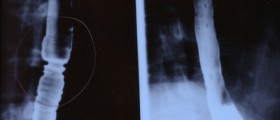


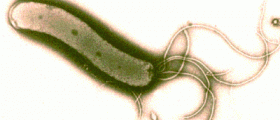

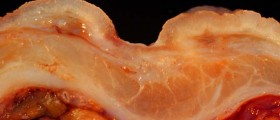

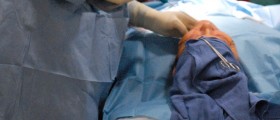


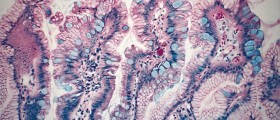

Your thoughts on this
Loading...